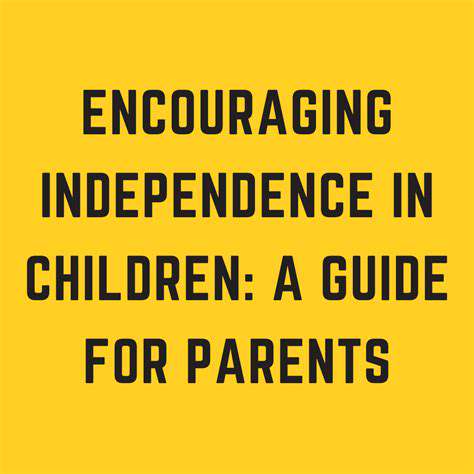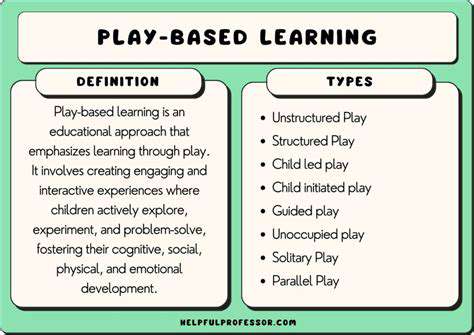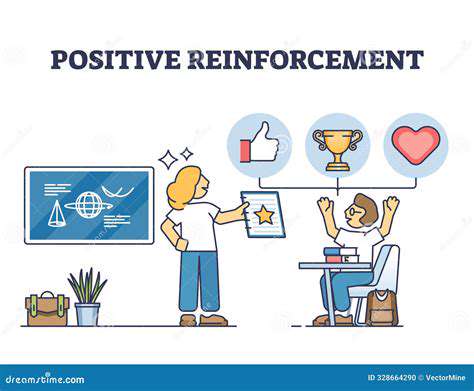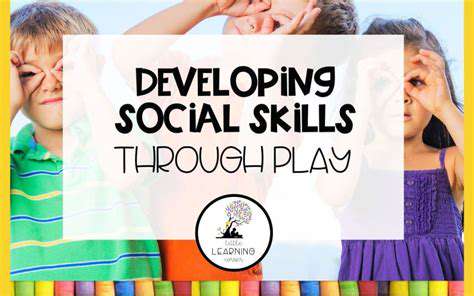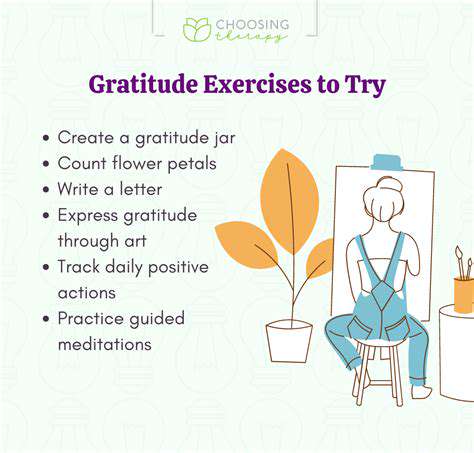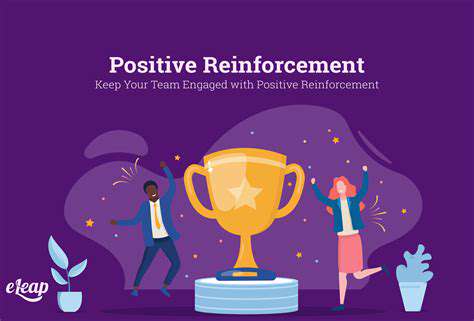Balancing Independence and Supervision in Modern Parenting

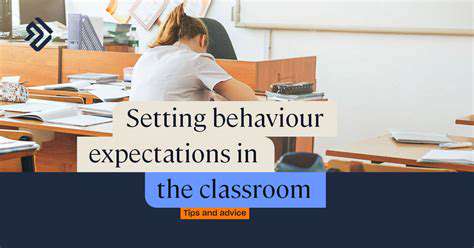
Adapting Supervision to Developmental Stages
Infancy and Early Childhood (0-3 years)
During the crucial first three years of life, supervision focuses heavily on safety and security. Parents and caregivers must provide a nurturing environment that fosters physical and emotional development. This involves constant vigilance to prevent accidents and ensuring the child's basic needs are met, while also allowing for exploration and the development of fundamental motor skills. It's a delicate balance, encouraging independence while ensuring the child remains safe and protected from potential harm within their immediate surroundings. This stage emphasizes the importance of consistent routines and predictable interactions to build trust and a secure attachment.
The goal is to help the child develop a sense of self-efficacy and trust in their environment. This stage also lays the groundwork for future social and emotional development. Supervisory strategies should be responsive to the child's cues, providing comfort and guidance while encouraging exploration within appropriate boundaries. Over-protection can hinder the development of essential skills, while inadequate supervision can pose a serious risk.
Preschool (3-5 years)
Preschoolers are brimming with energy and curiosity, actively exploring their world. Supervision needs to adapt to this increased mobility and burgeoning independence. Parents and caregivers need to establish clear boundaries and expectations, explaining the why behind rules and regulations. This is a critical time for teaching social skills and promoting cooperation with peers. Encouraging imaginative play and fostering a sense of responsibility through age-appropriate tasks are essential aspects of supervision during this stage. Parents must also navigate the complexities of peer interactions, helping children understand social dynamics and resolve conflicts constructively.
Elementary School (6-11 years)
As children enter elementary school, their need for direct supervision decreases, but the importance of consistent guidance and support remains paramount. Parents and caregivers should focus on fostering responsibility, time management, and organizational skills. This involves assigning age-appropriate chores, encouraging participation in extracurricular activities, and teaching the value of completing tasks. Encouraging healthy habits and establishing routines for homework and leisure time are also vital components of effective supervision at this stage.
Middle School (12-14 years)
Middle school is a period of significant physical and emotional changes. Teenagers are developing their sense of self and identity, often pushing boundaries and asserting independence. Supervision in this phase should be less about direct control and more about fostering open communication and trust. Parents need to create a supportive environment where teenagers feel comfortable sharing their thoughts and concerns, while setting clear expectations regarding academic performance, social behavior, and personal safety. Maintaining open lines of communication is key to navigating this challenging stage.
High School (15-18 years)
High school is a transitional period marked by increased autonomy and the exploration of future opportunities. Supervision should shift towards providing guidance and support in areas such as college applications, career planning, and financial literacy. Parents should act as mentors, offering advice and resources while respecting their teenager's growing independence. This is a time for fostering self-reliance and preparing teenagers for the responsibilities of adulthood. Open communication and mutual respect are fundamental to a successful supervisory approach during these years.
College and Young Adulthood (18+)
As young adults transition to college and beyond, the nature of supervision changes dramatically. It shifts from direct oversight to providing guidance and support in making informed decisions. Parents and caregivers should focus on fostering independence and helping young adults develop essential life skills, such as time management, financial responsibility, and critical thinking. This stage requires a delicate balance between offering support and allowing for individual growth and self-reliance. Maintaining open communication and celebrating milestones are crucial components of this phase.
Navigating Special Needs and Challenges
Adapting supervision to meet the unique needs of children with disabilities or other challenges requires a nuanced approach. Understanding the specific needs of the child and working closely with educators and healthcare professionals is essential. Strategies may need to be adjusted to accommodate specific learning styles, physical limitations, or emotional sensitivities. Creating a supportive and understanding environment that encourages independence while ensuring safety and well-being is paramount. Advocating for the child's needs and fostering a sense of self-worth are crucial elements in this tailored approach to supervision.



